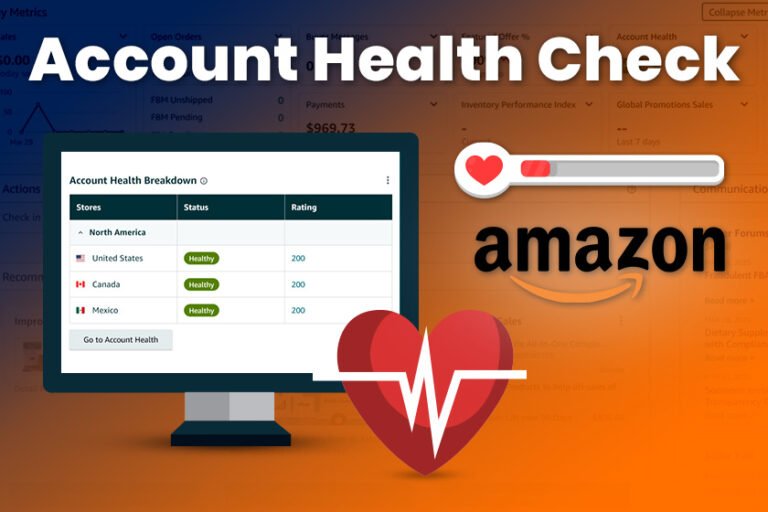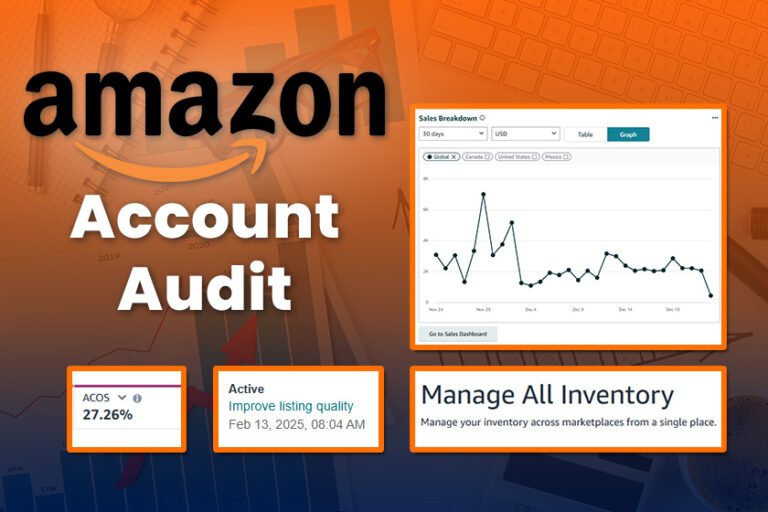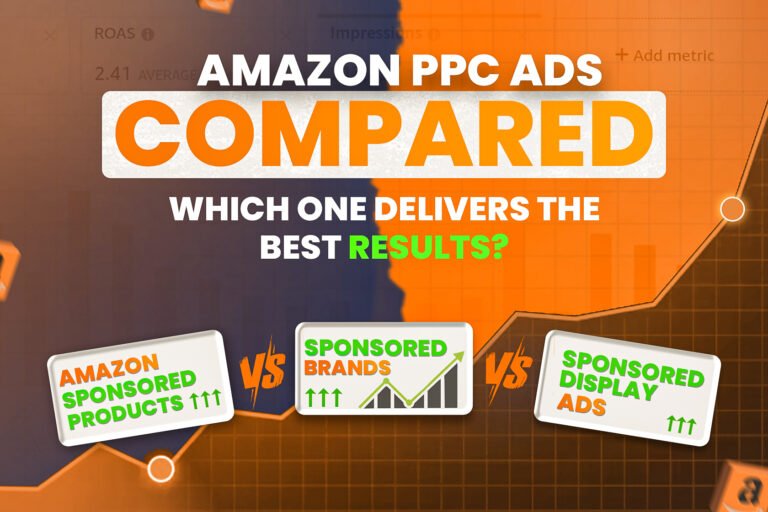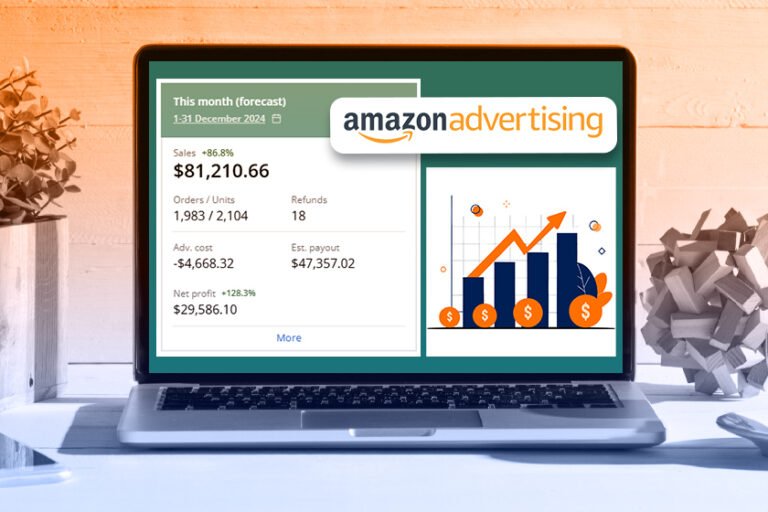Why does Amazon listing optimization matter? In the super-competitive Amazon marketplace, where every seller is trying his best to overtake the competition even by a little bit, you need all the help you can get to make yourself stand out.
A well-optimized product listing can do wonders if done correctly. It is a highly discussed matter in terms of higher rankings, better visibility, and increased conversions. Whether you are an FBA or FBM seller, you need to put proper efforts into creating powerful listings.
This is a step-by-side guide that I have curated after discussing best practices with industry experts about Amazon listing optimization.
Best Practices to Optimize Your Amazon Listings
Here is a digestible and actionable breakdown of proven optimization strategies that you can start with right now:
1. Conduct Effective Keyword Research
Doing a solid keyword research lays the foundation of Amazon SEO. This is the very first thing that you need to get right. Here are some things to keep in mind:
- Primary Keywords: High-volume, relevant keywords that customers frequently use in their searches.
- Long-tail Keywords: Perfect for specific search terms. Less competitive yet highly targeted phrases that convert very well.
- Backend Search Terms: Implementing additional keywords in the backend for increased discoverability in SERPs.
There are several tools but the popular and beginner-friendly ones are SemRush, Helium 10, Jungle Scout, Amazon-Auto Suggest, and Google Keyword Planner.
2. Amazon Product Title Optimization for Maximum Impact
Your product title is something that grabs attention and motivates visitors to explore further more.
To create an effective product title:
- Include Primary Keywords: Prioritize using primary keywords at the beginning for better crawling.
- Highlight Key Product Features: Mention size, colors, brand, and benefits. Use bullet points for better readability.
- Stay Within the Characters Limit: Amazon allows 200 characters or less. Utilize and make the best headline within this character limit.
Example?
3. Write Compelling Bullet Points
Bullet points serve as a quick, fun, and digestible way of conveying key information. Best practices include:
- Feature-based Approach: Clearly state the product’s benefits or perks.
- Use persuasive Language: Hit their pain points and offer solution.
- Include Keywords Naturally: Avoid keyword stuffing as it can disturb the content quality and ultimately lead to decline in rankings.
Example?
4. Create an Engaging Amazon Product Description
Your product description should be captivating, easy-to-read, and should offer value. Do not beat around the bush, and skip the generic content. Maintain a natural flow, and avoid stuffing keywords in there, its not the only thing that gets you in higher rankings.
- Use Storytelling: Explain how the product solves their problem in a catchy manner.
- Use White space: Leave some breathing space between the short paragraphs and allow the user to digest information.
- Secondary Keywords: Be sure to use secondary keywords in a natural flow for more discoverability and readability.
- Highlighting key info: Use bullets, underlining, and bold text to indicate key pieces of information (allows user to skim the page easily).
5. Always Use High-Quality Product Images and Videos
Visuals play an important role in influencing purchasing decisions. Best practices include:
- Use High-Resolution Images: Minimum 1000×1000 pixels for zoom capability and better resolution.
- Include Lifestyle Shots: Show the product in use to increase appeal.
- Add infographics: Best way to convey product info, enhance visual appeal, and SEO.
- Upload Product Videos: Showcase usage, installation, and real-world application.
6. Utilize A+ Content
If you are a Brand Registered Seller, make use of of A+ Content to enhance your listings:
- Add Enhanced Images and Text Modules to improve engagement.
- Use Comparison Charts to highlight why your product is superior.
- Improve Brand Storytelling to build engagement and customer trust.
7. Manage Customer Reviews and Ratings
Amazon’s algorithm favors products with high ratings and frequent positive reviews. This is a huge factor in boosting rankings.
- Encourage Customers to Leave Reviews: Use Amazon’s “Request a Review” feature.
- Appropriate Response to Negative Feedback: Address concerns to maintain a positive reputation.
- Deliver Quality Products: Minimize product returns by delivering quality, and enjoy positive reviews.
8. Optimize Backend Search Terms
Backend keywords support better discoverability without making changes in customer-facing content. Here are some key tips:
- Use Synonyms and Misspellings: People tend to type misspelled words all the time. Try to capture all the different search terms that people use.
- Avoid Repetition: Amazon usually ignores duplicate keywords.
- Stay Within Characters Limits: Amazon allows you to use up to 250 characters for backend search terms.
9. Adjust Pricing for Better Competitiveness
Amazon’s algorithm also consider pricing when it comes to ranking products. Here are some proven strategies for competitive pricing:
- Keep a close eye on Competitor Prices: Use tools like RepricerExpress for real-time automated adjustments.
- Occasionally Offer Discounts and Coupons: Make tons of conversions via limited-time deals (flash sales).
- Stay Within the Buy Box Range: Keep your prices competitive and consumer-friendly to keep your buy box eligibility.
10. Performance Tracking & Ongoing Optimization
Keep a close eye on these metrics and refine your optimization efforts:
- Click-through Rate (CTR): Percentage of online visitors who click on your listing.
- Conversion Rate (CVR): Percentage of visitors who make purchases after clicking.
- Sales Rank: Your product’s position in its category.
Use Amazon Seller Central and other popular tools for real-time tracking and improvement.
Supercharge your Amazon Listing Optimization – with Shopin Ecom
Ready to rank higher and boost your conversions through the roof? A poorly optimized listing means wasted potential and budget. Optimizing listings to achieve sales requires a great deal of expertise especially if you are in a super-competitive niche.
This is where Shopin Ecom steps in. By carefully planning a full-fledge action plan to optimize your listings in terms of Amazon search visibility and sales, we save you hundreds of man-hours. Our experts have a diverse expertise by working with every possible niche there is out there.
So whether you are launching a new product, or are a troubled veteran, we know exactly what you need. We can help you drive sales in no time while also enabling you to become future-proof.
Fill this short form, and book a 1:1 meeting to discuss your pain points and see what works best for your Amazon business.








